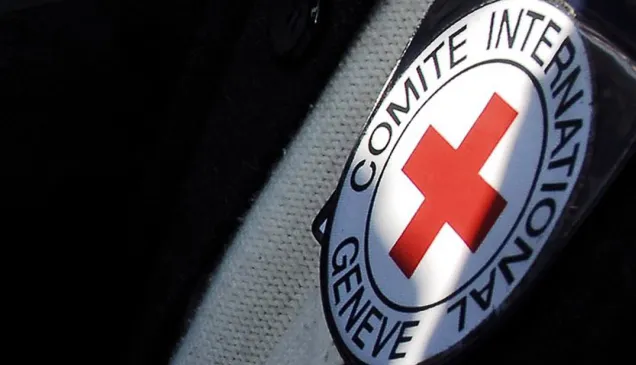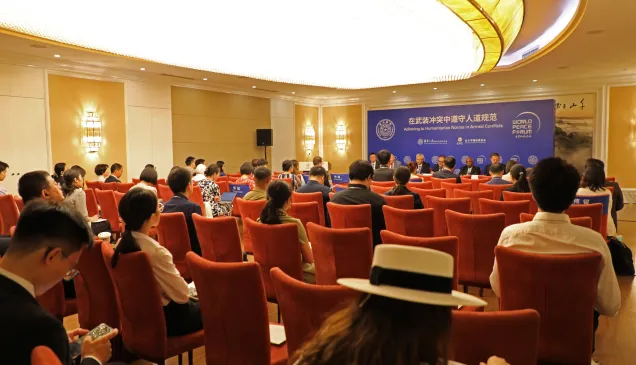Voices from Within: A decade of questions racing through the minds of war surgeons in the Middle East and North Africa
The International Red Cross and Red Crescent Movement has stepped in to try to prevent the collapse of the health-care systems and fill the gaps if the collapse has already happened in countries that are affected by war.
In some cases, it has lent technical and logistical support to existing hospitals (by providing medical supplies, repairing or improving infrastructure or sending specialized medical staff, including surgeons, physiotherapists and nurses). In other cases, it has set up an entire temporary hospital.
The stories that follow shed light on some of the Movement's activities and projects related to war surgery, as told by medical professionals who have worked in Gaza, Yemen, Iraq, Syria, Libya and Egypt over the past ten years.
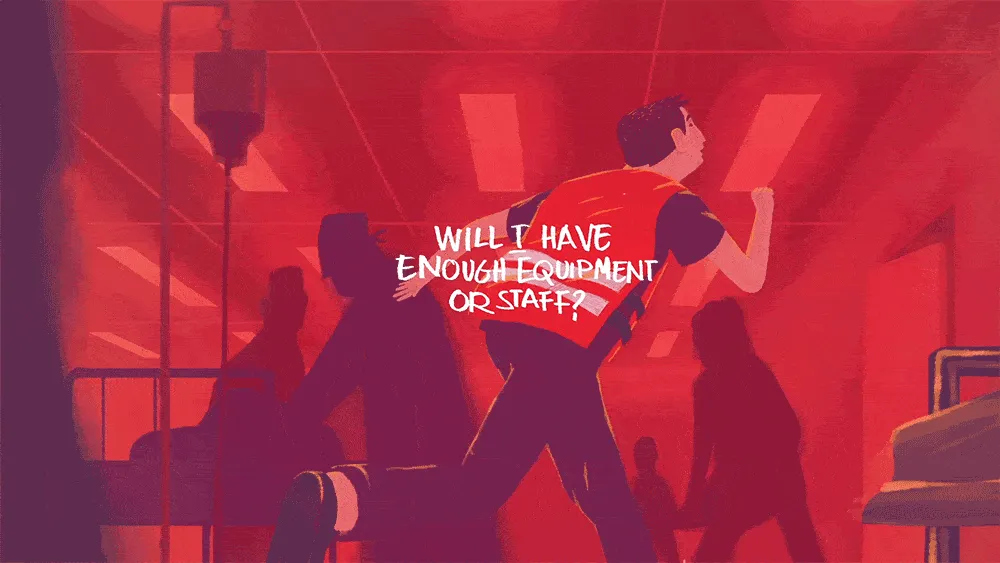
“For 24 hours, I was fueled by adrenaline”
Dr. Mauro Dalla Torre, ICRC Regional Surgeon for Africa
Gaza, 2008-2009
I arrived in Gaza on 4 January 2009. It was the dead of winter and the mood was tense as our group first caught sight of the effects of the heavy bombing.
As both an anesthesiologist and a war surgeon, I worked in the emergency department at Shifa Hospital. I was in the critical area – the shock room – a bit away from the entrance. I had three beds. It was difficult to prepare the patients, so there had to be a lot of coordination between the staff.
Many relatives of the wounded also flooded in, and we had to control the crowd, which was extremely difficult. There were also armed people, and screaming everywhere.
Rooms filled up very quickly. It was non-stop, and for 24 hours I was fueled by adrenaline.
In the end, I was so exhausted I couldn’t stand. I felt so tired after the ceasefire. I don’t think I’ll ever again have such an extraordinary experience, a human experience!
"I’ve never seen so many patients in one day"
Richard Villar, ICRC War Surgeon
Gaza, 2018
I work with the ICRC surgical team at the Gaza European Hospital in Khan Younis. I arrived in Gaza just 24 hours before the violence began. As we headed to the hospital, we wondered if it was the calm before the storm – the streets were really quiet. There was virtually no one around. We knew protests were expected.
I have never seen so many patients in one day. The staff had prepared for it, but even so it was completely overwhelming. Certain things really stood out.
Around 120 to 130 patients were treated in the operating theatres at this hospital alone. A bus would arrive suddenly with up to 40 people on board. We just had to deal with it.
I'd seen people with gunshot wounds before, but never so many. It's my ninth or tenth assignment with the Red Cross and it was the most casualties I've ever seen in one day
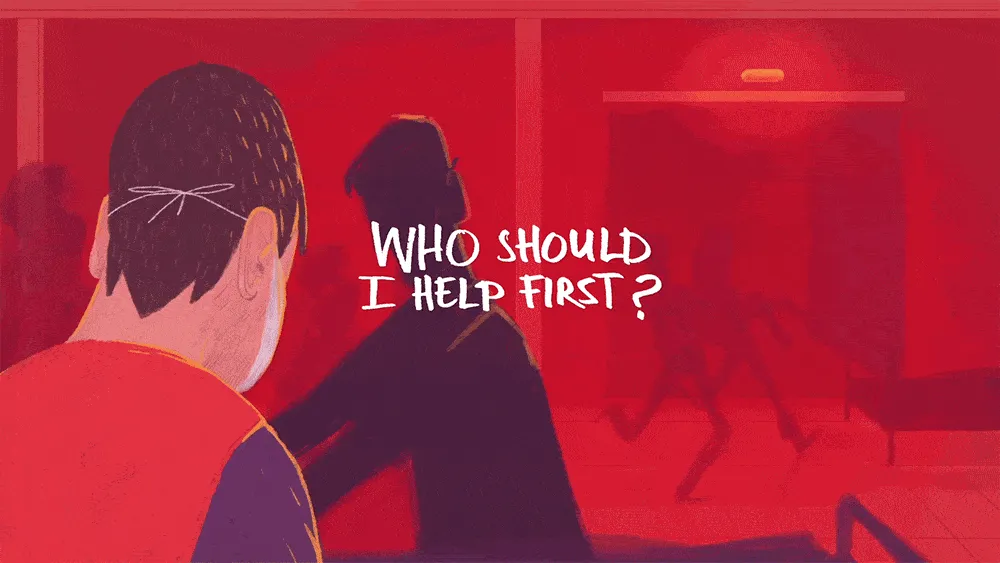
"Crossing the sea from Djibouti to Aden"
Aden, Yemen, 2015
One night in April 2015, a four-member ICRC mobile surgical team boarded a 60-foot wooden cargo boat loaded with medical supplies and set off from Djibouti for the 12-hour trip across the Gulf of Aden. There had been intense fighting in Aden for the past month and the locals were suffering the consequences. Medical expertise and supplies had become scarce and the number of casualties was on the rise.
Marco Baldan, an ICRC war surgeon, was leading the team into a war zone, but that's a core part of what the ICRC does – providing help where it's needed most.
Ana Lufinha, an anesthesiologist from Portugal and another member of the team, said she was more worried about the task ahead of her.
Well-managed triage = well-managed hospital
In war zones, patients injured by bullets and bombs often come to hospitals in waves. Triage means deciding which patients to treat first based on their medical condition. It involves prioritizing those with more serious injuries but also making tough decisions about who can be treated and who is beyond help. Triage is needed in order to deal with sudden, disproportionate numbers of patients, known as a mass influx. Triage is a continual process that happens before more advanced care; in certain circumstances, it takes place where people are injured. Because a lack of triage capacity can have such dire consequences, the ICRC invests a lot of energy and resources in training on triage and managing mass casualties.
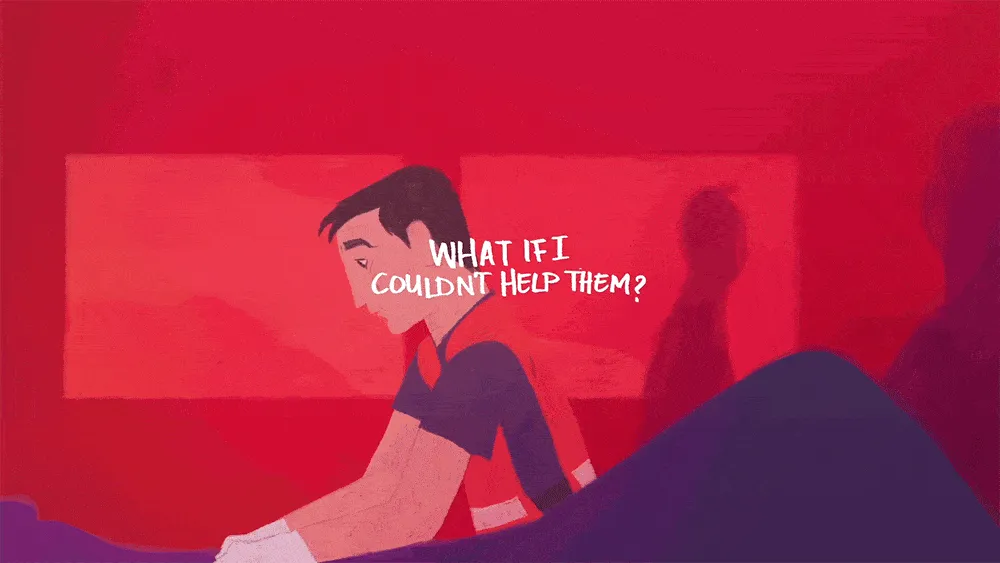
“A ghost town filled with dust…”
Léone Gagné, Canadian Red Cross, Operating Theatre Nurse
Mosul, Iraq, 2017
I was on assignment from 19 June to 20 July 2017. When we arrived at our residence, we had a briefing on possible chemical contamination. Then we went to work. The first time I set foot in Mosul’s General Public Hospital, it was a moving experience: there were so many people waiting in the emergency room for family members who’d been injured, and so many armed guards too.
We began the day’s operating programme: emergencies first, then elective surgeries. The injuries from the war were mainly open fractures and abdominal injuries and we had about five or six patients per day. I wanted to be useful but it felt like we couldn’t do enough, with so many people in need.
The main challenge for me was being confronted with a "live war" where I could hear bombs throughout the night. When I finished my assignment, I left behind a ghost town filled with dust.
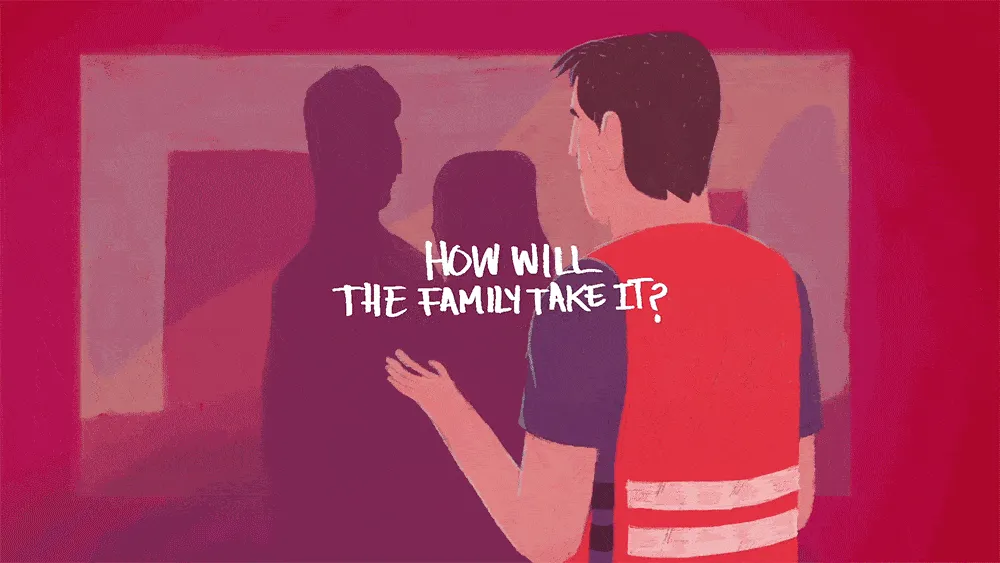
“Healing wounds, building a future...”
Qatar Red Crescent Society
Mosul, Iraq, 2017
As he was wheeled into the hospital, five-year-old Abdullah had no idea what was going on. Strange faces were rushing around him; he felt alone, and scared. His tearful eyes spoke of the horror he had witnessed. Abdullah’s family, like many others, had been forced to flee the fighting in Mosul and the surrounding towns and villages. They found refuge in a school in one of the safe areas.
One night, the school was hit by an air strike. Abdullah was injured by shrapnel, causing a bone rupture. He was put in a Qatar Red Crescent ambulance and rushed to Hamam al-Alil Field Hospital, run by the Qatar Red Crescent, south of Mosul. He was operated on and stabilized. From his family of ten, only Abdullah and his nine-year old sister survived.
The hospital where Abdullah was taken treated around 2,000 people wounded in the war while it was in operation, from February to September 2017. Abdullah’s physical wounds have now healed, but he still can’t quite comprehend that his family is gone.
Because limb wounds are so common in armed conflict, all surgeons must have some knowledge of basic fracture management. Cultural concerns are also important: many ICRC and National Society surgeons have had to "negotiate" an amputation with family and clan members. Each surgeon must determine the best policy to follow, based on the cultural context and the resources available, including physical rehabilitation services and prostheses. Yet they must never forget that the priority is saving the life, not the limb. But even that may not always hold true: in some societies, people prefer death to the physical mutilation of an amputation, and the wishes of the patient and family must be respected.
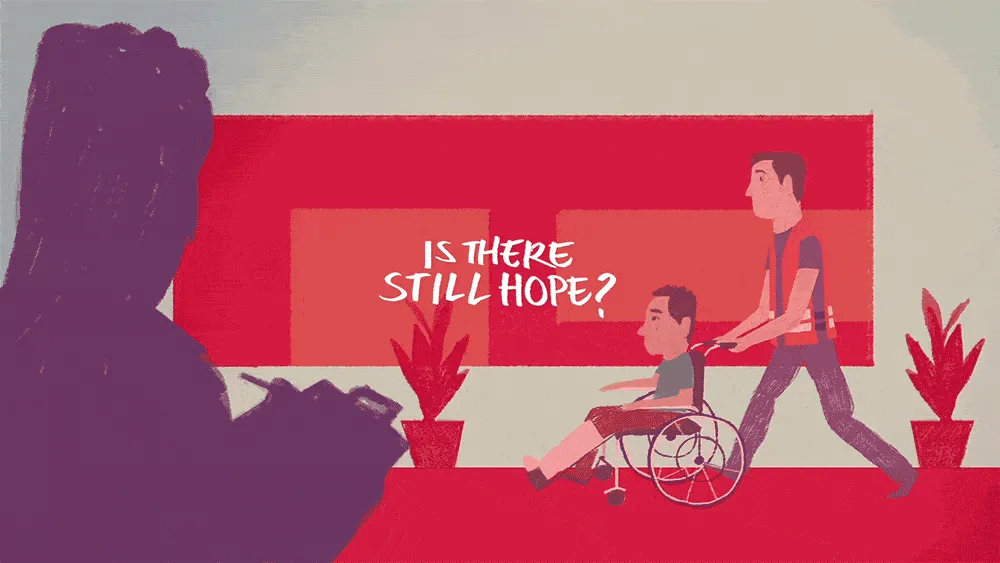
Rawan’s hope for a more promising future
Qatar Red Crescent Society
Gaza 2014
In the shelling of the summer of 2014 in Gaza, Rawan and her family sought refuge in a neighbour’s house. But when that house was hit and collapsed, she became trapped under the rubble.
said Rawan’s father, Abu Muhammad Najjar. Once the rescuers realized she was still alive, Rawan was sent to European Gaza Hospital, where she stayed in intensive care for six days. When she was transferred to the neurosurgery department, “we prayed to God to bless her with healing, to help her regain her beautiful smile and be able to come home." He added that the hospital’s management decided to transfer her to the Palestinian Red Crescent’s al-Amal Hospital, which had been inaugurated by the Qatar Red Crescent in 2013.
Today, fourteen-year-old Rawan al-Najjar plays happily with her nieces and nephews in their home in Khan Younis, Gaza.
Thank you for helping me be reborn
Dr Fathy Flefel, Palestine Red Crescent Society
Head of the Psychological Resource Centre
The occupied Palestinian territory, 2018
I will never forget the story of one man: he was so severely wounded that both his legs had to be amputated, and afterwards he was unable to leave his home. He spent seven months in the dark, gradually losing weight, his health deteriorating. We heard about him from some journalists after the conflict in Gaza in 2008–2009. We went to his home, and at first he refused to meet us. But then, three days later, his family called and said he was interested. We visited again and this time were able to speak with him.
After a month, he finally agreed to come to one of the psychosocial support centres run by the Palestine Red Crescent Society. A few months later, after supportive psychological therapy, he had become more integrated into the community. He had joined the disabled sports team, competing locally and regionally. I won’t forget what he said to the team: “Thank you for helping me be reborn.”
Changing patients’ lives
Lama Slayhi, ICRC, Senior Social Worker in the Ward
Rafik Hariri University Hospital (RHUH)
I see first-hand how we’re changing patients’ lives. Our work doesn’t end with medical care in the hospital. We also follow up on patients, providing them with economic security by connecting them with the NGOs and associations that can help them. We make sure each patient is referred to the right organization.
Victims and their families may not be able to pay for appropriate care, equipment and rehabilitation. And many never even seek help, because travel may be unsafe or restricted due to ongoing conflict, or because hospitals are in zones controlled by the opposing party. To make matters worse, many areas may simply be too dangerous for humanitarian organizations to operate in.

